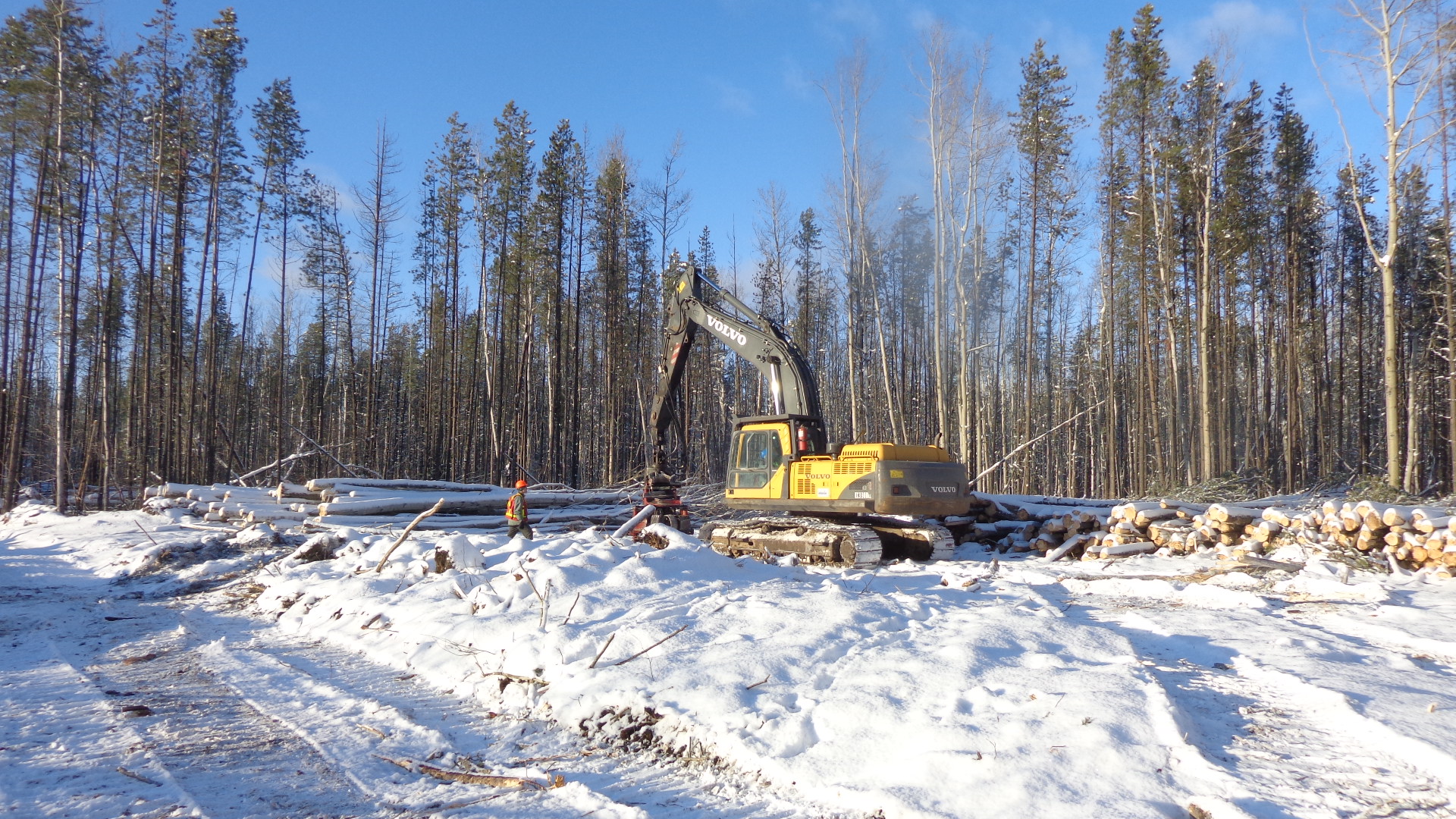
Alternative Approaches for Integrated Area-wide Management of the Mountain Pine Beetle Epidemic in Alberta
Can the current or alternative management strategies prevent more eastward spread of MPB?
Current efforts at controlling MPB focus on direct suppression via removal of infested trees. This can be effective in the early stages of infestation, when populations are low, though not in years when weather and forest conditions facilitate high rates of MPB survival.
We developed a model to predict the rate and extent of MPB attack (MPBSpread) and used it to successfully project the spread of populations across a regional landscape in central Alberta, a preliminary step to addressing the key research questions outlined above. This project builds on that work by utilizing MPBSpread to assess the efficacy and impact of current control methods versus an alternative approach based around manipulating host availability.
Objectives
- Predict whether the current reactive approach to MPB control can prevent the beetle’s eastward spread through Alberta’s pine forests.
- Model proactive management strategies using the MPBSpread model.
- Evaluate the efficacy of different management strategies and levels of effort, including outcomes and tradeoffs for various resource values.
- Use project outcomes to develop a decision framework conducive to learning, foresight, and knowledge integration within the context of the selected Research Theme and its associated questions.
Project Plan
MPBSpread will be employed to evaluate the current approach to MPB spread control in Alberta along with potential modifications, as applied across the province (Objective 1). Conducting a province-wide analysis is important due to the scale of the infestation and, from a beetle perspective, because host characteristics and climate may become less favorable from west to east. We will also include projections of beetle spread in the absence of controls.
We will model and evaluate strategies designed to increase landscape resistance to beetle spread (Objective 2). These results will then be compared and contrasted to evaluate costs, tradeoffs, and outcomes for various resources values (Objective 3), before integrating the findings within a decision support framework (Objective 4).









